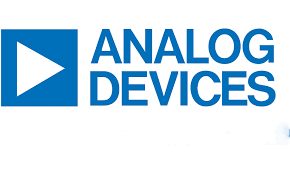Analog Devices (ADI) is powering its way toward greener pastures, while surrounded by a sea of red in the semiconductor space today, as investors cheer the new long-term targets shared at the company’s Investor Day. While a host of other semis, like NVIDIA (NVDA) and Qualcomm (QCOM), have seen their shares struggle thus far in 2022, those with more exposure to power management, like ADI and Texas Instruments (TXN), have held up relatively well.
That shares of ADI are not taking as pronounced a dive as those of many of its peers, trading down just ~9% YTD, has to do with many factors. For one, ADI’s forward P/E ratio has hovered around 20x for much of the year, representing a meaningful discount to companies like NVDA and Advanced Micro (AMD), which have averaged around 45x and 30x YTD, respectively. It also has to do with the end markets ADI serves. Power management is ingrained in dozens of industries, giving ADI a diverse set of over 125,000 customers. For example, ADI’s Industrial segment, which includes automation, digital health care, aerospace, and sustainable energy, has grown over 20% yr/yr for five-straight quarters as of Q1 (Jan).
Strong tailwinds within this segment and other facets of ADI’s business also enabled the company to set solid long-term goals, outlined during Investor Day.
ADI now expects a top-line CAGR of +7-10%, up from the mid-single-digits projection outlined during the company’s Maxim Integrated M&A call in early September 2021. Other metrics, such as adjusted gross margins of at least 70% and a free cash flow margin of 34-40%, fit nicely with what investors may have already expected from ADI, given its history.
ADI also provided synergy targets regarding its roughly $20 bln Maxim purchase, completed last August, for the first time. ADI anticipates capturing cost synergies of $400 mln by FY23 and over $1 bln in the next five years.
The main takeaway is that ADI is considerably bullish on the continued digitization of the industries it serves. Although the constrained supply chain environment continues to be dynamic, ADI is confident that it can continue to meet the demand of its customers. Supported by other secular trends, such as factory automation assisting with labor gaps and automotive cabins becoming nearly entirely powered by chips, ADI is poised for a bright future.





